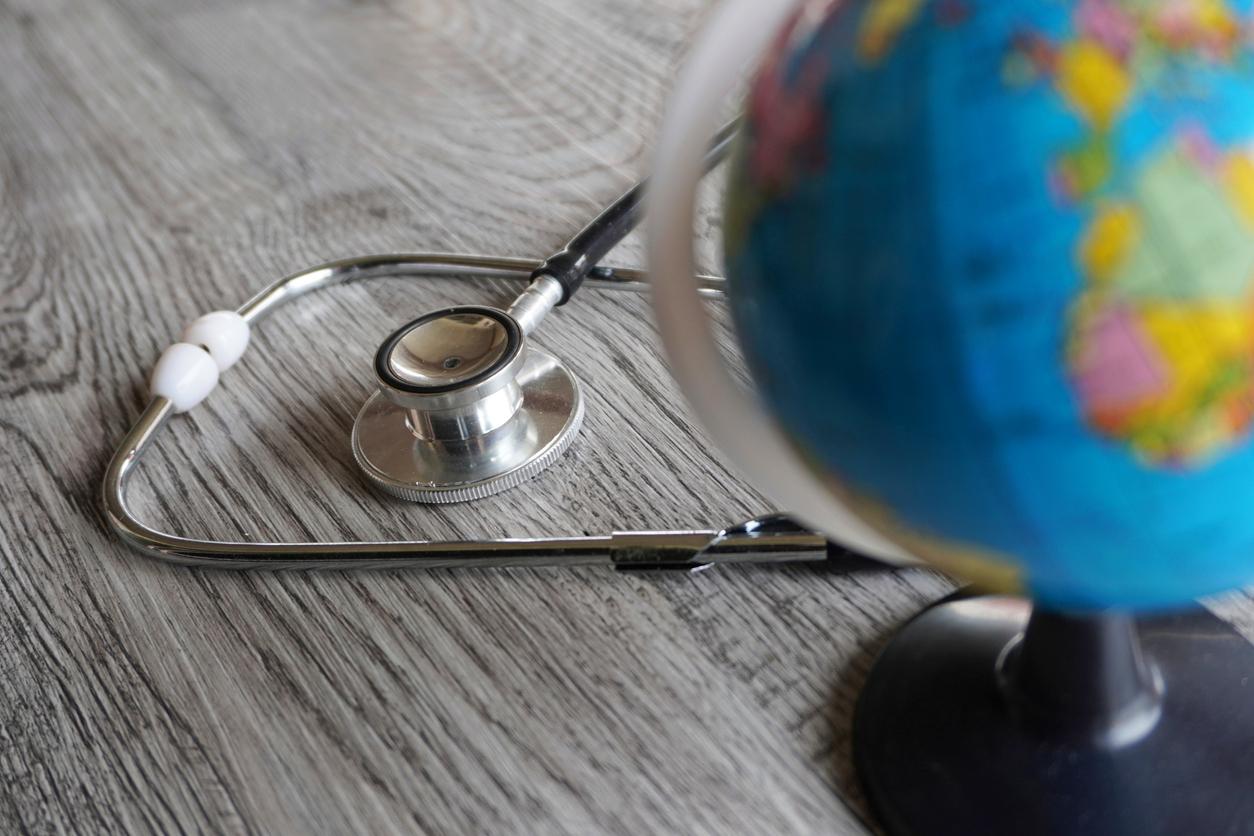A report pleads in favor of a reform of health prevention in France. Its funding must evolve to promote the involvement of stakeholders.

Prevention is the Achilles heel of health in France. This sector is by far the most failing in the country’s healthcare chain. At a time when non-communicable diseases occupy an increasing place in the care of the population, a reform is therefore necessary. This is, in essence, what is proposed by the High Council for the Future of Health Insurance (HCAAM), which publishes a report on this subject.
With a high rate of obesity, smoking and alcohol consumption, France is among the poor performers in prevention in the world. Existing actions, in particular, lack effectiveness. It is not for lack of investment. “The expenses chargeable (of the health insurance) represent a very important part of the sums devoted to prevention”, underlines the report.
To improve this assessment, the HCAAM sets as a priority the inclusion of health promotion in the National Health Plan. It is only at this price that a massive mobilization will be obtained.
More flexibility
But to convince the health players, we must also knock on the wallet. More specifically, showing an incentive. Rather than paying professionals on a fee-for-service basis, why not adopt a long-term care strategy? In principle, the HCAAM pleads in favor of such a development. And raises the question of user fees, the part that must be paid by patients.
In fact, the remainder of the charge can be a major obstacle in access to prevention offers. The HCAAM, for example, offers better reimbursement for consultations following an examination as part of an organized screening campaign. Another solution would be to cover all of the costs associated with the vaccination. Two ways of not systematizing user fees.
This is the spirit of the reforms proposed in this report: more flexibility in the existing system, in order to integrate more effective prevention. But the HCAAM also wants a gain in modernity. It therefore suggests the use of e-health in the fight against smoking, with access to online prevention.
Develop telemedicine
Collective initiatives are necessary, in the eyes of the HCAAM, to improve social or even environmental determinants. Wider use of big data and indicators such as morbidity and mortality should prove very useful as such.
But this development must not come at the expense of local actions. The High Council cites as an example the nursing homes in the Nord-Pas-de-Calais region (today Hauts-de-France), which have made it possible to improve access to care.
Mixed in, individual initiatives can take simple forms: development of home automation, provision of smart pill dispensers or even access to telemedicine. And these actions involve a wide range of actors. Health professionals, of course, as well as health authorities. But also less obvious players.
Multiply stakeholders
Thanks to the Regional Center for University and School Works (CROUS), solidarity grocery stores are open to students. A structure that allows them to eat balanced, as part of the fight against malnutrition and obesity.
Increasing the number of places of intervention is precisely one of the orientations put forward by this HCAAM report. In cities, individual prevention must be at the heart of approaches, while larger structures can take over from collective actions. Cooperation between interventions must still improve to become more effective.
There remains the question of the place of complementary health insurance. Already very involved in prevention, they relay the Health Insurance on optical and oral care. They also support public policies, in road safety campaigns for example. But in terms of investments, Health Insurance continues to assume the major part of the expenses. What could change.
.

















